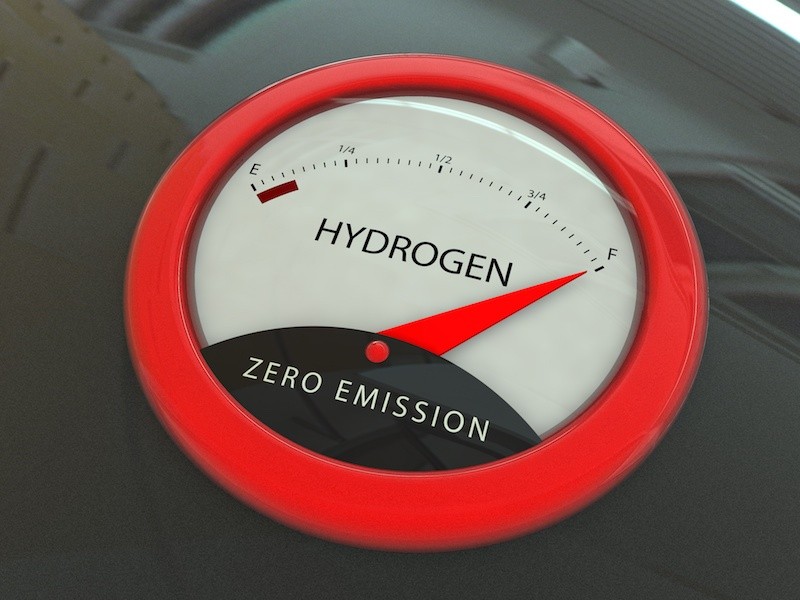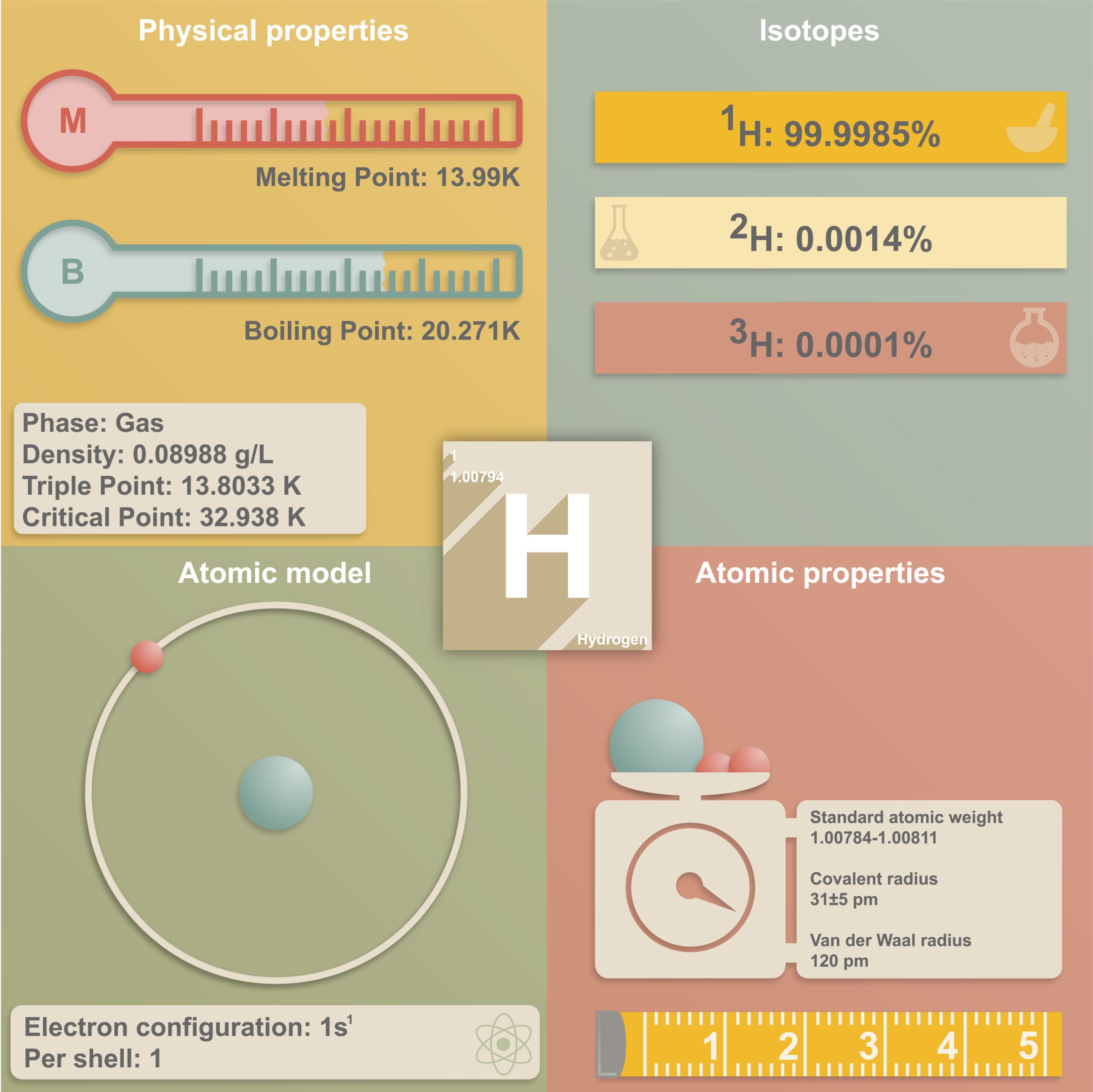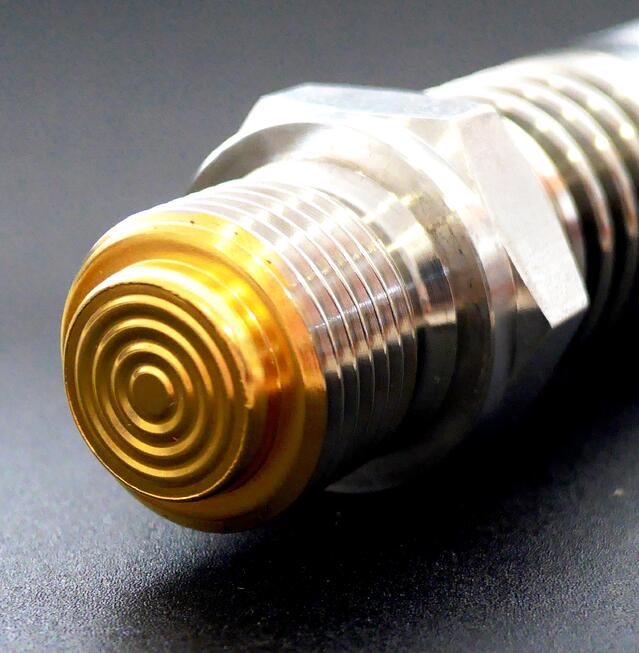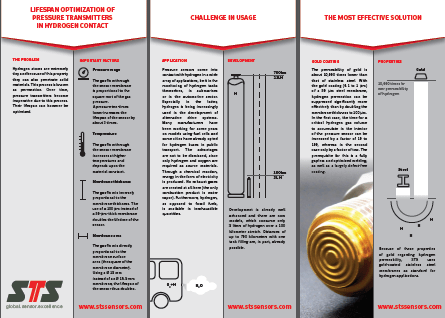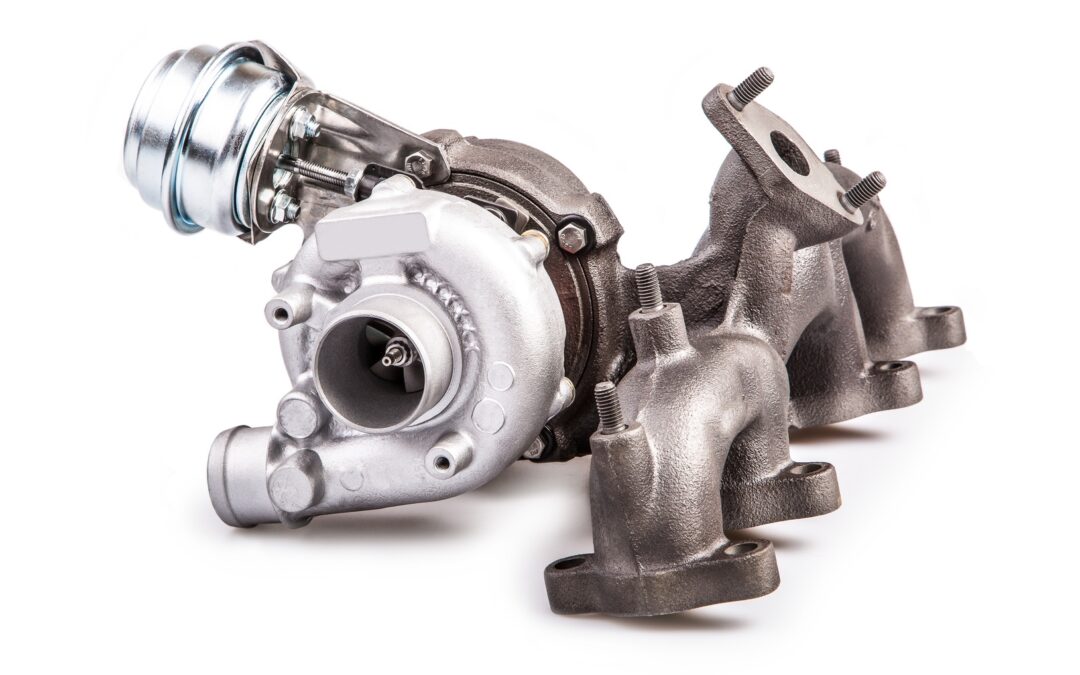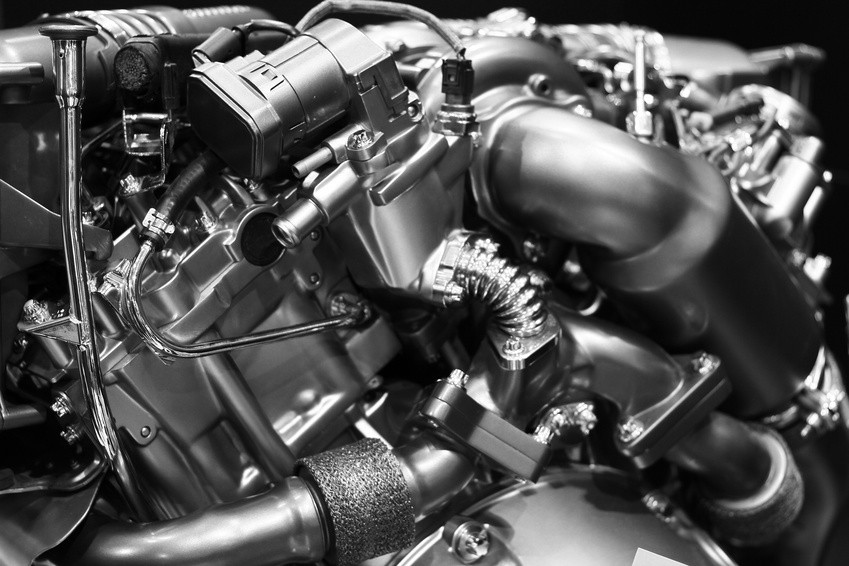
Oil prospecting below the seabed
Science has a more accurate picture of the surface of Mars than of the seabed. An exact knowledge of the nature and layout of the ground below water is necessary for a variety of reasons, including shipping safety, research purposes (archaeology, marine studies) and exploration aims. This also includes the exploration of oil deposits under the seabed.
To identify possible oil reserves below the oceans, the geological characteristics of the seabed must be analyzed. Since this is generally a question of areas very difficult to access and at great depths, the seabed is mapped out using sound by a process known as seismic reflection.
Oil prospecting by the seismic reflection method
In seismic reflection, artificially created seismic waves are examined. These waves spread out under water and, similar to a beam of light at its optical limits, become partially refracted and reflected as they strike upon strata boundaries. At this point, the proportion of the wave reflected at the boundary surface is dependent upon the speed as well as density differences between adjoining strata. These reflected waves then return to the water surface. Both the energy and the time expenditure of this wave motion are recorded by geophones. When the recorded data is then processed, it becomes evident at which depth the respective strata boundaries are to be encountered.
The most common form of seismic reflection is termed the Common Midpoint method (CMP). The aim here is to obtain a series of traces reflecting from the same midpoint. These traces are then stacked. Before this, however, a correction for time delay is essential, which is termed Normal Moveout. The different reflection points of the traces are corrected here in such a way that they appear in the stack section at the right time and in the correct position.

Common Midpoint method: Accurate pressure measurement is essential
In the practice of oil prospecting, a specially equipped vessel is used, which drags numerous measuring cables behind it, in this case named streamers, which can be several kilometers long. These streamers are equipped at regular intervals with hydrophones for recording the reflected waves. To generate those waves, a sound source is installed at the beginning of the streamer. In order to obtain the most accurate results, an awareness of the exact position (depth) of the hydrophones is essential. For this purpose, each individual hydrophone is equipped with a pressure measuring cell.
In oil prospecting below the seabed, the positioning of the hydrophones is often performed by pressure measuring cells made by STS. Since absolute precision is required in this complex and computationally intensive process, the measuring technology employed must meet stringent requirements. Because the streamers run only a few meters below the water surface, the measuring cells must be capable of displaying pressures from 0 to 15 bar. But because of their proximity to the water surface, the actual measuring range only goes up to 2 bar (absolute). The required accuracy in this particular range amounts to less than 0.3 percent total error.
Further requirements that STS has fulfilled in the development of these measuring cells according to customer requirements were, firstly, the small dimensions of 12 mm x 13.8 mm. Additionally, when the ship comes to a standstill, the hydrophones sink down. To withstand the pressures at a great depth and to remain further functional, the measuring cells must also withstand an overload pressure of 100 bar. And since this is a salt water application, titanium is used for the housing of the pressure measuring cell.

